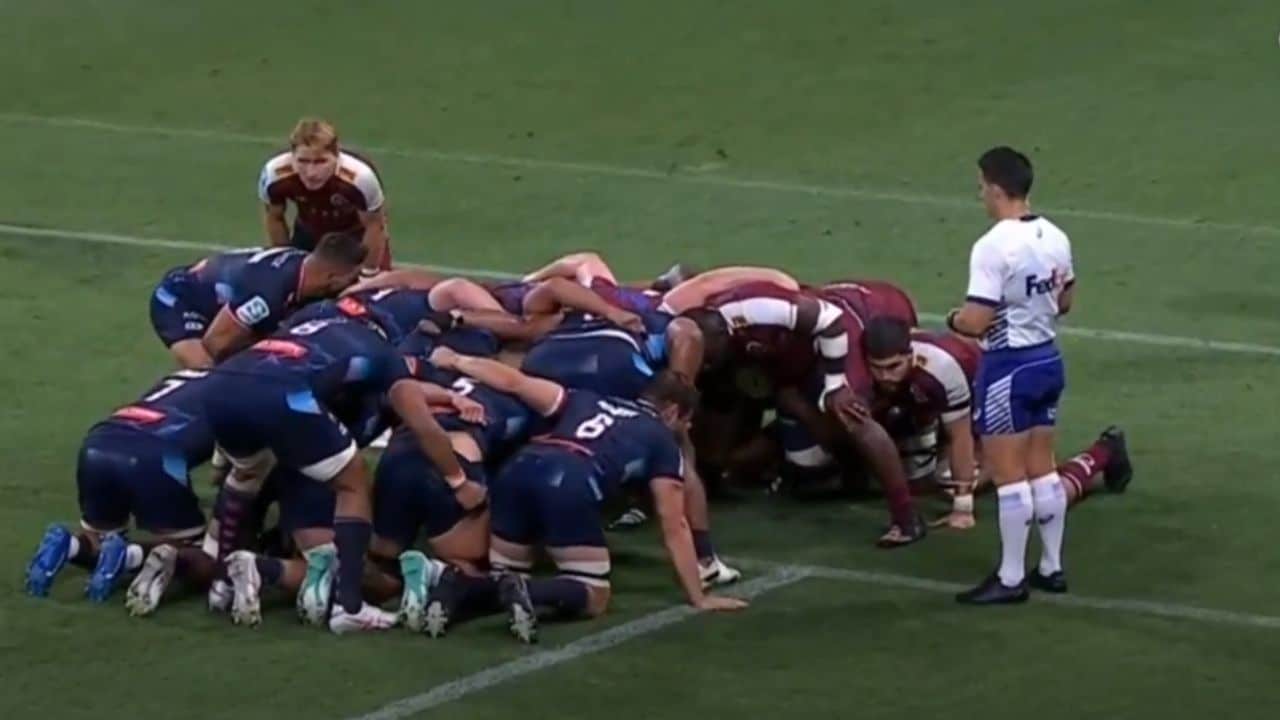The decision to cut the Melbourne Rebels from the Super Rugby competition, while not entirely surprising, marks another devastating blow for rugby union in Australia.
Rugby Australia (RA) announced this move due to the Rebels’ severe financial troubles, including a debt of A$23 million and ongoing administration since January.
— Melbourne Rebels (@MelbourneRebels) May 30, 2024
Financial Troubles and Administration
The financial instability of the Rebels has been a significant concern. The club’s debt included $11.5 million owed to the tax office.
Despite efforts from a consortium led by former Qantas and Rio Tinto supremo Leigh Clifford to save the team, Rugby Australia ultimately decided that the rescue package did not present a viable financial future.
The decision reflects broader issues within Australian rugby, highlighting the struggle to maintain five competitive teams in the current economic climate.
Historical Context: The Rise and Fall of Rugby Union in Australia
Two decades ago, Australian rugby was flourishing. Under the leadership of captain John Eales, the Wallabies enjoyed international success, winning two World Cups and filling their trophy cabinet with numerous accolades.
The sport was not only popular but also financially robust. In 2003, Rugby Australia hosted a highly successful World Cup, leveraging the event to boost trade and investment through initiatives like the Rugby Business Club Australia.
However, the financial landscape has drastically changed. According to the 2023 annual report, Rugby Australia posted a $9 million loss, with negative equity of $13 million.
This is a stark contrast to the $35 million in positive equity reported in 2003. Despite revenue growth from $58 million in 2001 to $124 million in 2023, expenses have skyrocketed, eroding financial gains.
The impact of the COVID-19 pandemic and substantial payouts, such as the settlement with Israel Folau, have further strained the organization’s finances.
Broadcast Deals and Revenue Challenges
A significant factor contributing to Rugby Australia’s financial woes is the disparity in broadcast deals compared to rival sports. Deakin University’s Hunter Fujak estimates that rugby’s revenues are just 14% of the AFL’s, with Rugby Australia’s annual broadcast deal worth $30 million, a fraction of the AFL’s $650 million rights deal. This revenue gap limits the resources available for development and expansion.
On-Field Struggles
The financial difficulties have translated to poor performance in the field. The Wallabies, once a dominant force, have struggled in recent years, failing to advance beyond the pool stages in the last World Cup.
The team’s inconsistency in the Bledisloe Cup against the All Blacks further underscores the decline. Additionally, there is ongoing confusion about how to structure a national provincial club competition to develop pathways for emerging talent.
Participation Levels and Competition from Other Sports
Rugby union’s participation levels in Australia lag behind other sports. In 2023, the Australian Sports Commission reported 145,000 adults and 95,000 kids playing rugby, compared to significantly higher numbers for sports like Australian rules football and basketball.
Rugby union ranks as the ninth most popular participation sport in Australia, trailing behind even badminton and rock climbing.
Governance and Structural Issues
Critics argue that rugby union’s governance structure is part of the problem. Unlike the centralized leadership seen in the NRL and AFL, Rugby Australia operates under a model where state unions have significant voting power, complicating decision-making processes.
The sport’s global nature also adds complexity, with the northern hemisphere controlling the rules while the southern hemisphere boasts more talent.
Opportunities for Revival
Despite these challenges, there are bright spots on the horizon. Upcoming events like the men’s and women’s World Cups in 2027 and 2029, respectively, are expected to provide financial windfalls.
The British and Irish Lions tour in 2025 is also anticipated to be highly popular. Additionally, the inclusion of Pacific teams like Moana Pasifika and Fijian Drua in Super Rugby presents opportunities for both sports development and soft diplomacy.
The Path Forward
For rugby union in Australia to regain its former glory, significant changes are needed. These include securing better broadcast deals, addressing governance issues, and implementing structural reforms.
By focusing on “the three”Rs”—rules, revenue, and reform – Rugby Australia can work towards rebuilding the sport’s financial stability and popularity, ensuring that fans can once again enjoy “the game they play in heaven.”
While the demise of the Melbourne Rebels is a sobering reminder of the current state of rugby union in Australia, there is potential for a turnaround.
With strategic leadership and a commitment to addressing the underlying issues, Australian rugby can hope to navigate these dark days and emerge stronger.
The information is taken from Reuters and ESPN









































